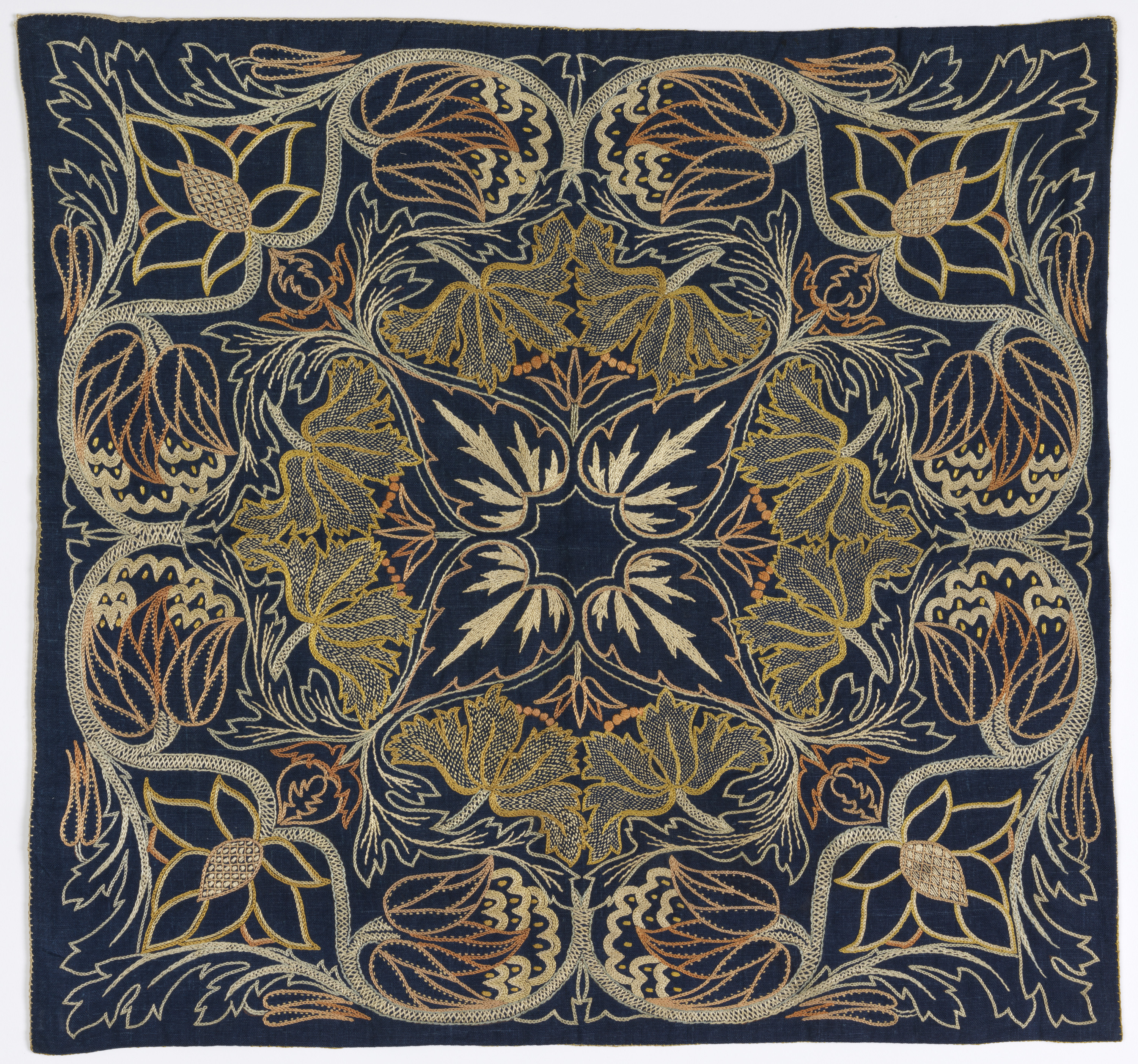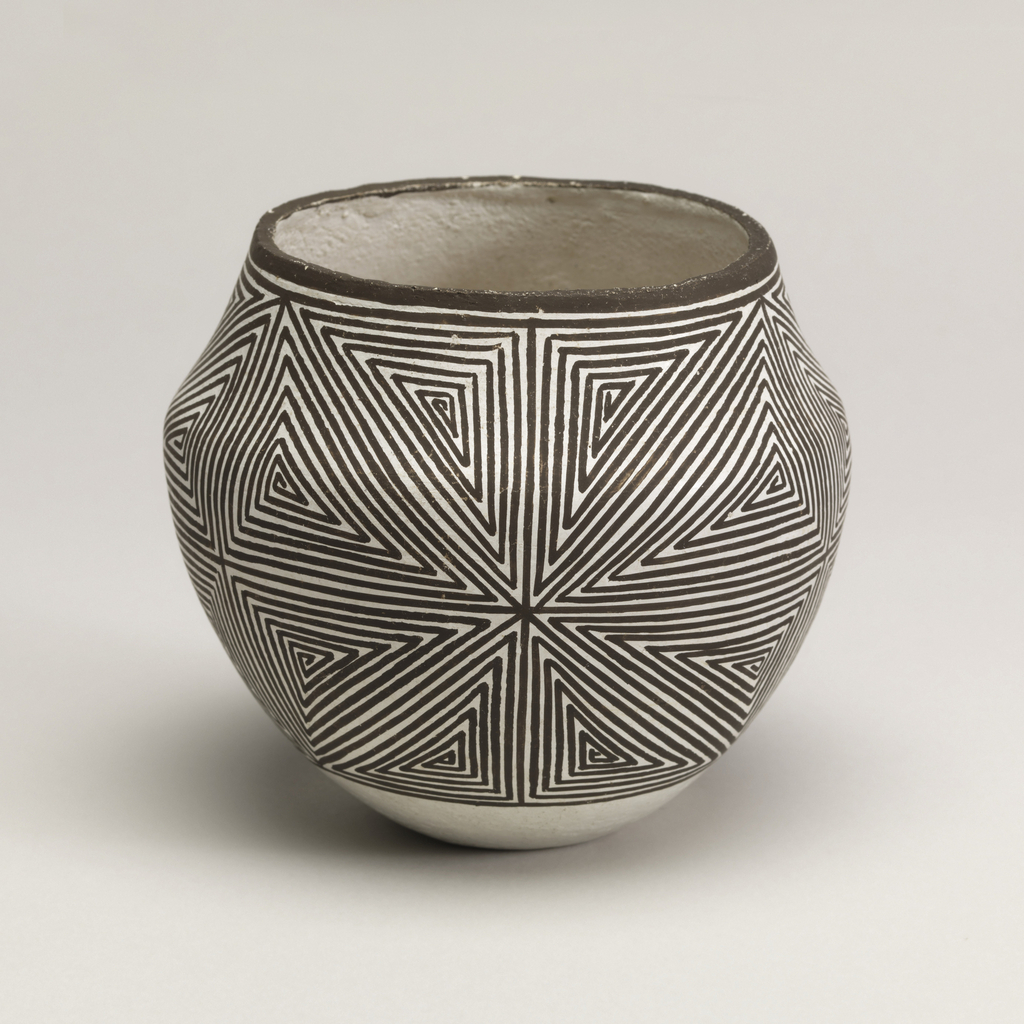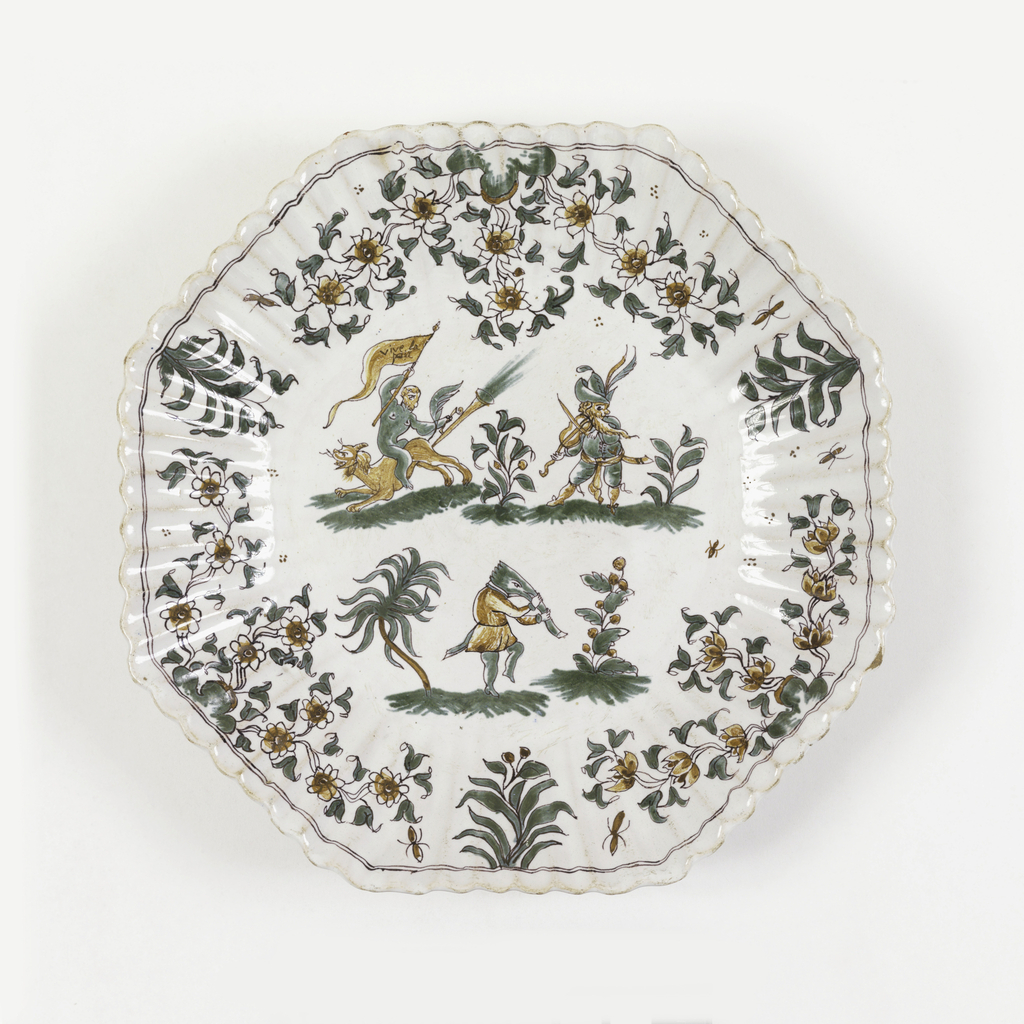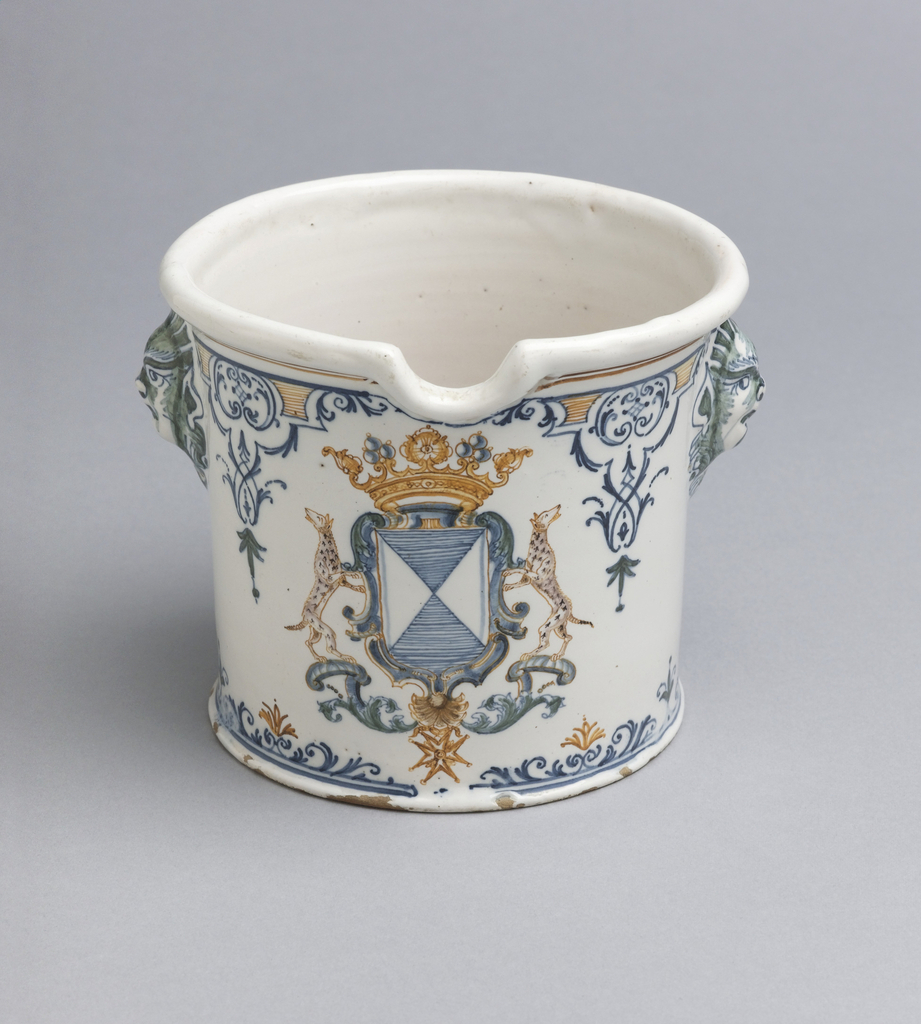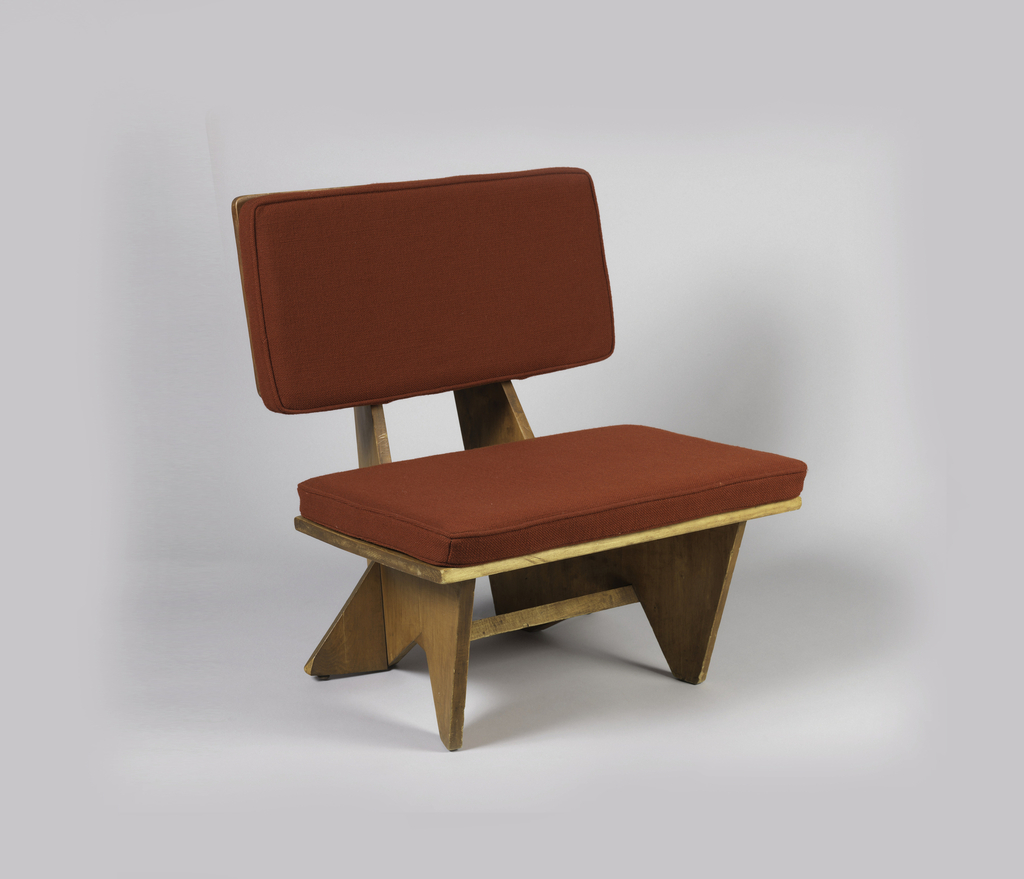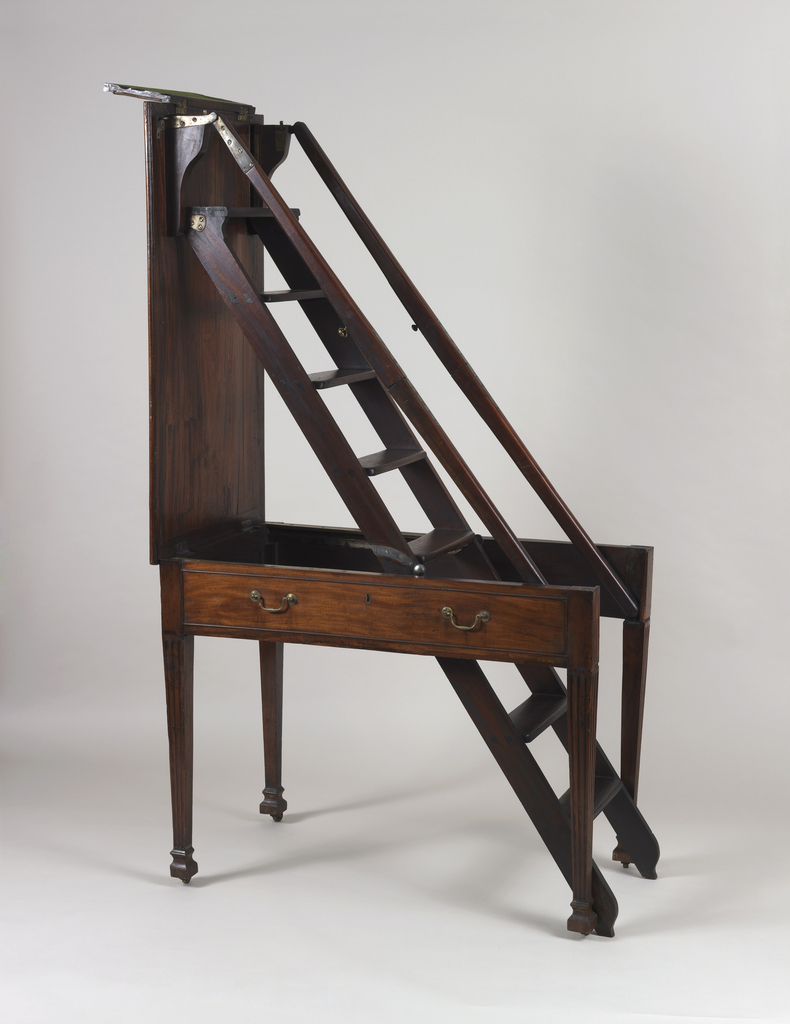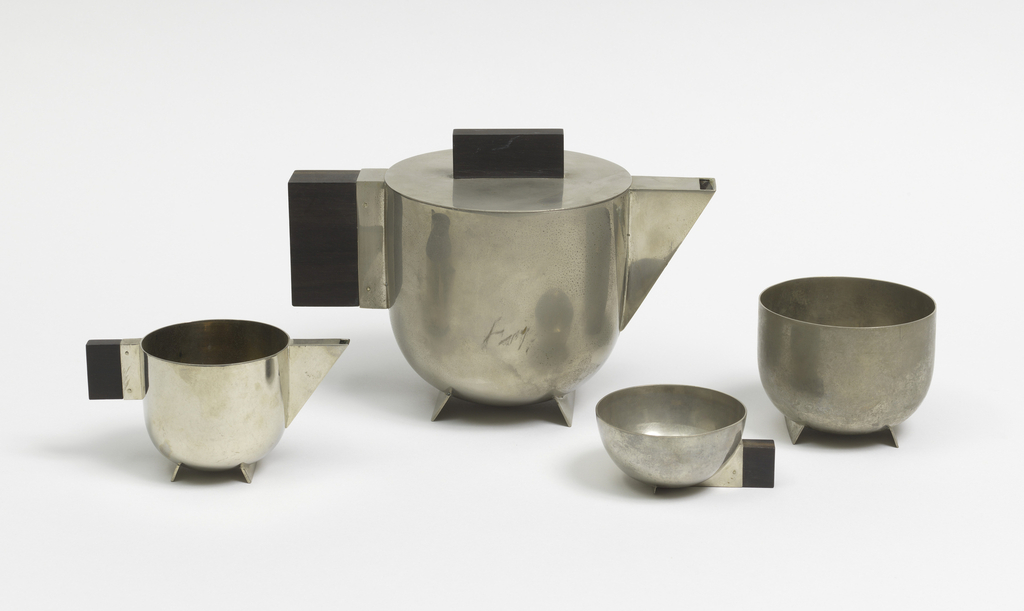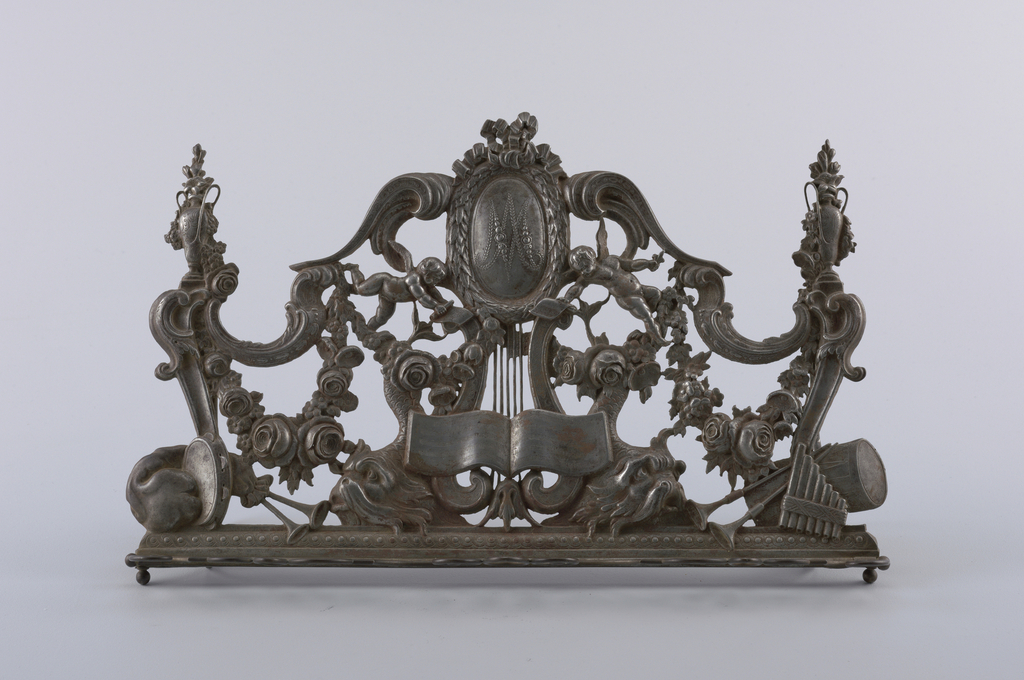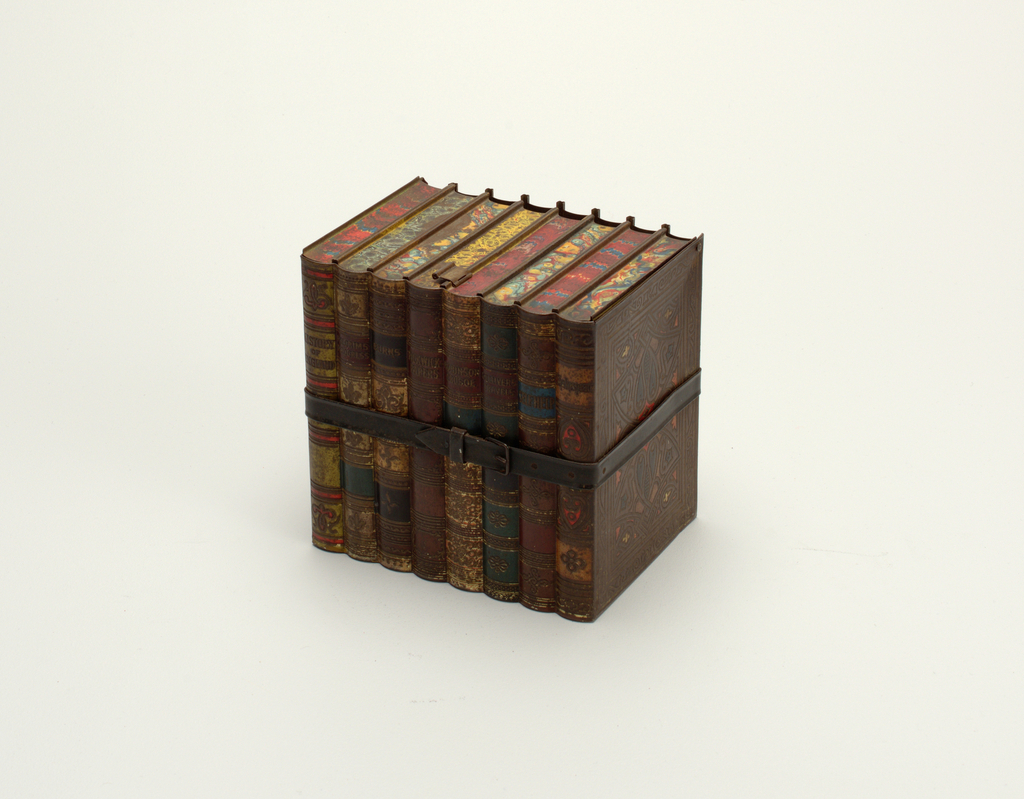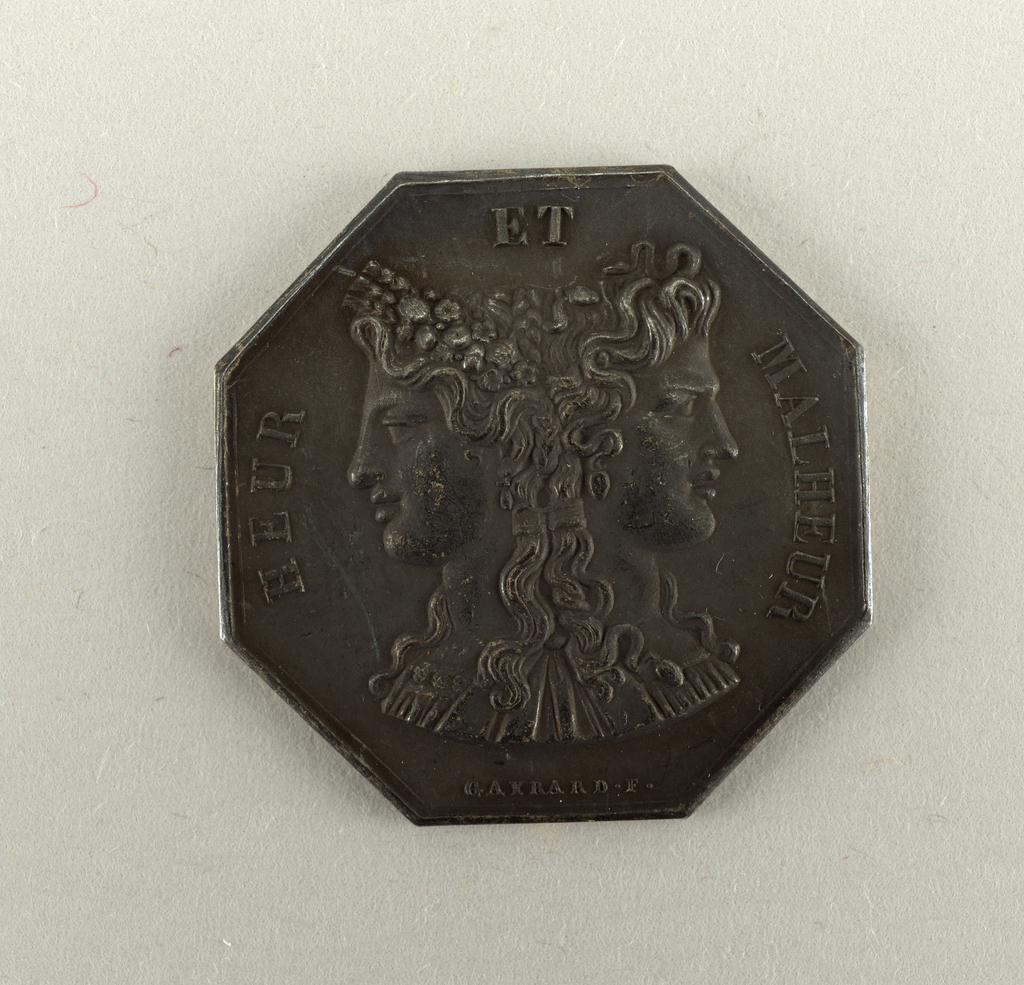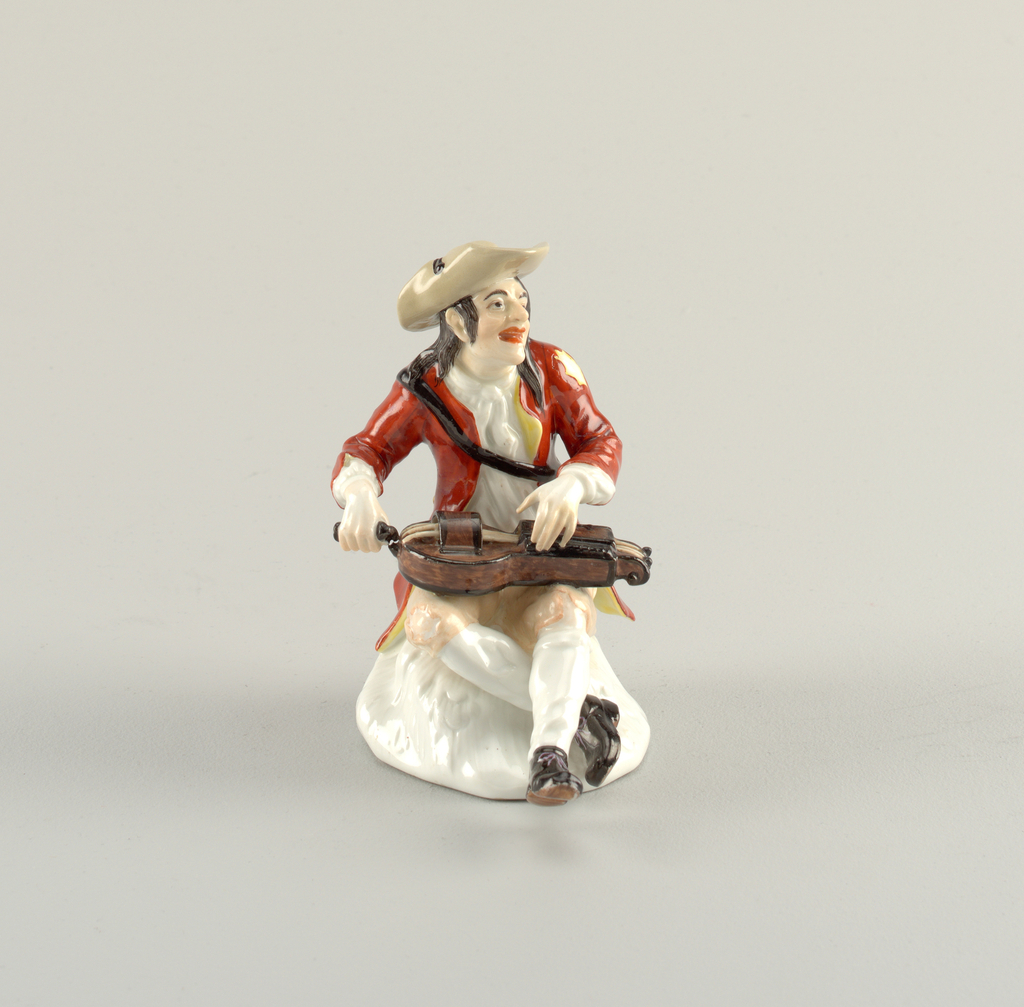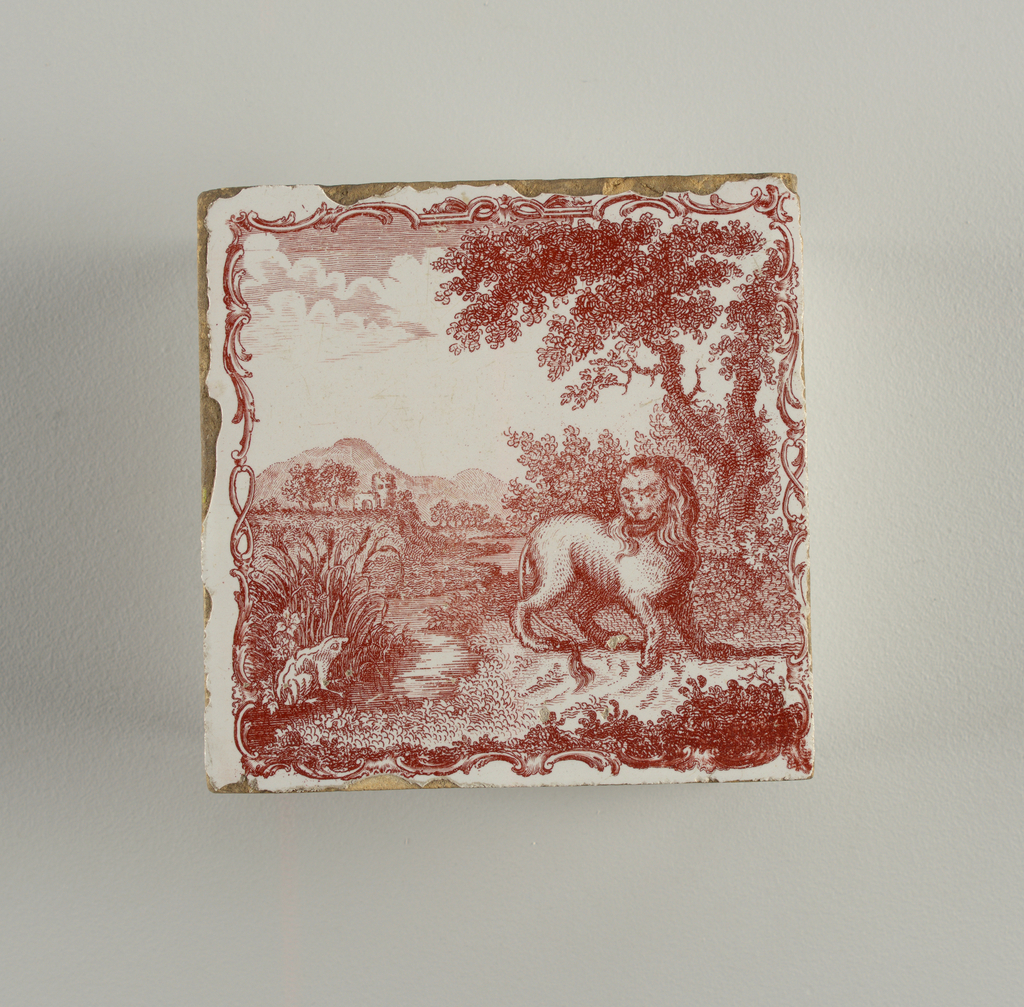In celebration of LGBTQ+ Pride Month, June Object of the Week posts highlight LGBTQ+ designers and design in the collection. A version of this post was originally published on June 20, 2016. May Morris will forever be in the shadow of her famous father William Morris, the chief protagonist of the English Arts and Crafts movement,...
In celebration of Women’s History Month, March Object of the Day posts highlight women designers in the collection. Today’s blog post was written by Rebekah Pollock and originally published November 19, 2016. Lucy Martin Lewis learned to make pottery from her great-Aunt and other women living in Sky City, a remote three hundred foot high sandstone...
This Object of the Day celebrates one of many treasured objects given by Clare and Eugene V. Thaw to Cooper Hewitt, Smithsonian Design Museum. It is published here in memory of Eugene V. Thaw. Click on this link to read more about the Thaws and their gifts to Cooper Hewitt. The popularity of boldly-decorated faience must be...
This Object of the Day celebrates one of many treasured objects given by Clare and Eugene V. Thaw to Cooper Hewitt, Smithsonian Design Museum. It is published here in memory of Eugene V. Thaw. Click on this link to read more about the Thaws and their gifts to Cooper Hewitt. The so-called “grotesque” style of decoration developed...
This Object of the Day celebrates one of many treasured objects given by Clare and Eugene V. Thaw to Cooper Hewitt, Smithsonian Design Museum. It is published here in memory of Eugene V. Thaw. Click on this link to read more about the Thaws and their gifts to Cooper Hewitt. When King Louis XIV issued a...
This chair is believed to have come from the Robert D. Winn House in Kalamazoo, Michigan, one of Frank Lloyd Wright’s Usonian homes— affordable housing designed for middle-class families. The architect used the adjective “usonian” to describe the unique character of the American landscape. Usonian furniture designs were simple and intended to be made on-site...
This cleverly designed library table conceals a nearly six-foot ladder, whose steps may be put up or taken down in mere seconds. It was built after designs published in 1793 by the London cabinet maker Thomas Sheraton, who in turn was inspired by a piece made by Robert Campbell for the private library of Prince...
This Austrian tea service was designed in a thoroughly modernist style. Forms have been radically simplified to their stark geometric essence. The pieces have no applied ornament, adhering to the principle of “form follows function”, one of the central tenets of modernist industrial design. Following the First World War, new economic and social conditions made...
Lucy Martin Lewis learned to make pottery from her great-Aunt and other women living in Sky City, a remote three hundred foot high sandstone mesa in Acoma Pueblo, New Mexico. Until the middle of the twentieth century, the community had no plumbing and pottery jars were necessary for hauling essentials to the waterless mesa. Pottery...
The initials “MA” in the central cartouche of this iron music stand belong to Marie Antoinette, who married the future Louis XVI of France in May of 1770. Winged putti fly over a musical score carrying banderoles inscribed with the surnames of Baroque French composers, including that of Jean-Baptiste Lully (1632–1687), whose opera Persée was...
This trompe-l’oeil biscuit tin takes the form of a stack of books with handsome marbled pages and tooled leather bindings. The titles include some of the most ubiquitous texts in British history, from the moralistic Pilgrim’s Progress to the adventure stories of Daniel Defoe and Jonathan Swift. The books are a play on the name...
This gambling token, or jeton, features the double-faced god Janus. With one eye looking to the past and the other to the future, the ancient Roman deity oversaw change — including change in luck and fortune. This is precisely what a nineteenth-century gambler might have hoped for as he cast the silver piece onto a...
At first glance, this porcelain figure is an ordinary jovial musician. He may even seem well dressed, with his bright red jacket and white cravat knotted at the neck. But a closer look exposes the torn breeches, ripped shoulder and scraggly hair. The last point drives home that this is no gentleman. During the eighteenth...
May Morris will forever be in the shadow of her famous father William Morris, the chief protagonist of the English Arts and Crafts movement, and of her mother, the Pre-Raphaelite beauty Jane Burden. Yet she was an accomplished artist in her own right, a fact evidenced by the skillful design and craftsmanship of this cushion...
Imagine it is Georgian England and you are curled up in front of the fireplace after a long day of damp English weather. Nearby, a family member reads out loud from a recently printed book of fables by the ancient Greek story teller Aesop: “The lion, hearing an eerie voice but seeing nobody, started with...
